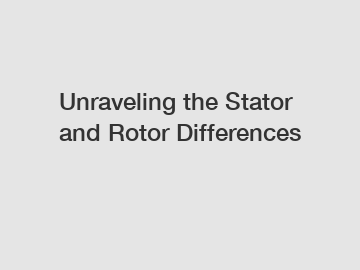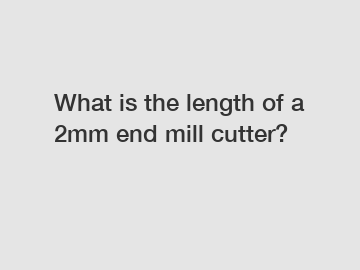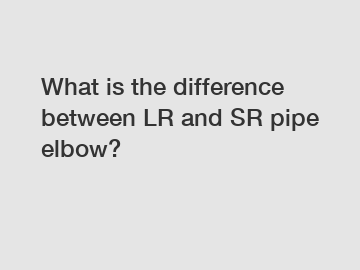Unraveling the Stator and Rotor Differences
Unraveling the Stator and Rotor Differences: What Sets Them Apart?
What are the differences between the stator and rotor? How do they work together to create power in various electromechanical devices? In this article, we will delve into the intricacies of the stator and rotor, exploring their unique characteristics, functions, and the crucial role they play in generating mechanical energy.
1. Fundamental Definitions.

The stator and rotor are fundamental components found in electric motors and generators. They are the core elements responsible for transforming electrical energy into mechanical energy, or vice versa. While these terms are often used interchangeably, it is essential to understand their distinct features.
2. The Stator and its Function.
The stator can be thought of as the stationary part of an electromechanical device. It typically consists of a metal or soft magnetic core with insulated copper coils wound around it. These coils are strategically positioned to create a magnetic field when an electric current passes through them. The stator's primary function is to generate a strong and steady magnetic field.
3. The Rotor and its Function.
In contrast to the stator, the rotor is the moving part of the device. It is usually mounted on a shaft and located inside the stator's magnetic field. The rotor comprises one or more magnets or electromagnets that interact with the stator's magnetic field. As electric current passes through the electromagnets within the rotor, a force is exerted, causing the rotor to rotate. The primary function of the rotor is to convert the electromagnetic energy generated by the stator into mechanical work.
4. Differences in Construction.
One of the key differences between the stator and rotor lies in their construction. As mentioned earlier, the stator comprises stationary coils wound around a metal core, whereas the rotor contains electromagnets or permanent magnets. This contrast in construction enables the stator to produce a static magnetic field, and subsequently, allows the rotor to rotate.
5. Electrical Connection.
Another notable difference lies in the electrical connection. The stator is directly connected to an external power source, typically an electrical mains supply. This connection ensures a continuous flow of electric current through the stator's coils. On the other hand, the rotor is connected to a power source through the stator's magnetic field. The interaction between the magnetic fields of the stator and rotor enables the transfer of energy and induces rotation.
6. Role in Electric Motors.
In electric motors, the stator and rotor work harmoniously to produce mechanical energy. When an electric current passes through the stator's coils, a magnetic field is created. This magnetic field then interacts with the magnetized or electrified rotor, resulting in rotational movement. This rotation can be harnessed to perform a wide range of tasks in industrial machinery, transportation, and household appliances.
7. Role in Generators.
Similarly, in generators, the stator and rotor have distinct roles. The stator remains stationary while the rotor rotates within the magnetic field created by the stator's coils. As the rotor spins, it generates an electromagnetic field, inducing an electric current in the stator's coils. This electric current can then be harnessed as a power source for various applications, such as in power plants or as a backup source during power outages.
8. Considerations in Design.
When designing stators and rotors, engineers must consider various factors to optimize their performance. The size, shape, and materials used affect the efficiency, torque, and overall functionality of the device. The number of stator coils and the type of rotor magnets or electromagnets must also be carefully selected to ensure optimal performance.
In conclusion, understanding the differences between the stator and rotor is crucial in comprehending how electric motors and generators operate. While the stator remains stationary and generates a magnetic field, the rotor rotates within this field, converting electromagnetic energy into mechanical work. These distinct components work together seamlessly, highlighting the ingenuity behind electromechanical devices that power our modern world.
If you want to learn more, please visit our website lamination welding components, buy plastic moulding electric motor stator, custom motor stator and rotor cores.
Related Articles









Comments